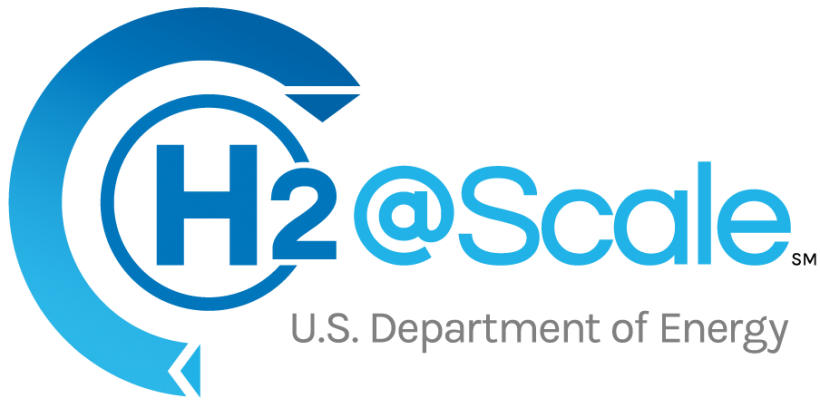Then energy secretary Bill Richardson decided to permanently shut down the HFBR in November 1999. (Photo: DOE)
“Why did a tiny leak bring down a hugely successful research reactor 25 years ago?”
That’s how Robert P. Crease, an academic who writes a regular column for Physics World, introduces The Leak: Politics, Activists, and Loss of Trust at Brookhaven National Laboratory, a book he wrote with former interim BNL director Peter D. Bond that was published this month by MIT Press.
“Were this story fiction, its characters, plot twists and ironies would be entertaining,” Crease writes in his October 5 Physics World post about the book. “But because it’s fact, it’s a tragicomedy.”
The Portsmouth Gaseous Diffusion Plant. (Photo: DOE)
The Department of Energy’s Office of Environmental Management has renewed a $2.5 million grant to Ohio University to support community redevelopment around the DOE’s Portsmouth Site. Since 2016, the DOE has provided a total of $8.2 million to the university for work with the communities.
The DOE grant, which began on October 1, will be administered over five years through September 30, 2027. A previous grant expired on September 30.
Canadian Nuclear Laboratories (Photo: AECL)
Atomic Energy of Canada Limited (AECL) has published a request for expressions of interest to manage and operate Canadian Nuclear Laboratories (CNL). The request is available on the MERX website.
According to AECL, the objective of the procurement and the resulting contract is to contain or reduce costs and risks for Canadian taxpayers while leveraging CNL’s capabilities and resources for Canadians.
Expressions of interest must be submitted via MERX on or before October 26, 2022.
NNSA administrator Jill Hruby (left) holds up the signed MOU on HEU conversion during the agency’s virtual meeting with Japan’s MEXT. (Credit: NNSA)
The Department of Energy’s National Nuclear Security Administration (NNSA) has signed a memorandum of understanding with Japan’s Ministry of Education, Culture, Sports, Science, and Technology (MEXT). The MOU describes their commitment to convert the Kindai University Teaching and Research Reactor (UTR-KINKI) from high-enriched uranium fuel to low-enriched uranium fuel. The nuclear nonproliferation–related agreement also calls for the secure transport of all the HEU to the United States for either downblending to LEU or disposition.
Queen Elizabeth II visits Calder Hall for its ceremonial opening in 1956. (Photo: U.K. Nuclear Decommissioning Authority)
As citizens of the United Kingdom and others around the world mourn the death of Queen Elizabeth II, many have reflected on how the world has changed during the seven decades of the queen’s reign—the same decades that saw the rise of civilian nuclear power.
Calder Hall was already under construction at the Sellafield site in West Cumbria when Princess Elizabeth became queen in 1953. Queen Elizabeth traveled to the site in October 1956 and declared, in a televised ceremony, that “It is with pride that I now open Calder Hall, Britain’s first atomic power station.” Watch the fanfare in a historical clip uploaded to YouTube by Sellafield Ltd below.
Interest rates have an outsized impact on nuclear power costs compared to those for other methods of power generation. (Source: World Nuclear Association)
In an essay titled “How the Fed will Strangle New Nukes,” published this week by American Thinker, nuclear engineer and writer Joseph Somsel warns that despite current expectations of a nuclear construction boom, “As in the late 1970s, rising interest rates will put the kibosh on new nukes.” Somsel therefore urges the financing and building of new nuclear facilities right now, before ongoing inflation and increasingly high interest rates “kill a lot of the plans” for new nuclear power plants.
The Continuous Electron Beam Accelerator Facility at Jefferson Lab. (Source: Jefferson Lab)
Research with the Department of Energy’s Thomas Jefferson National Accelerator Facility (Jefferson Lab) has revealed new insights into short-range correlations—the brief pairings of nucleons (protons with neutrons, protons with protons, or neutrons with neutrons) in the nuclei of atoms. The study, published in Nature, used precision measurements to determine that short-range correlations differ depending on the density of the nucleus, that is, how many nucleons it contains.



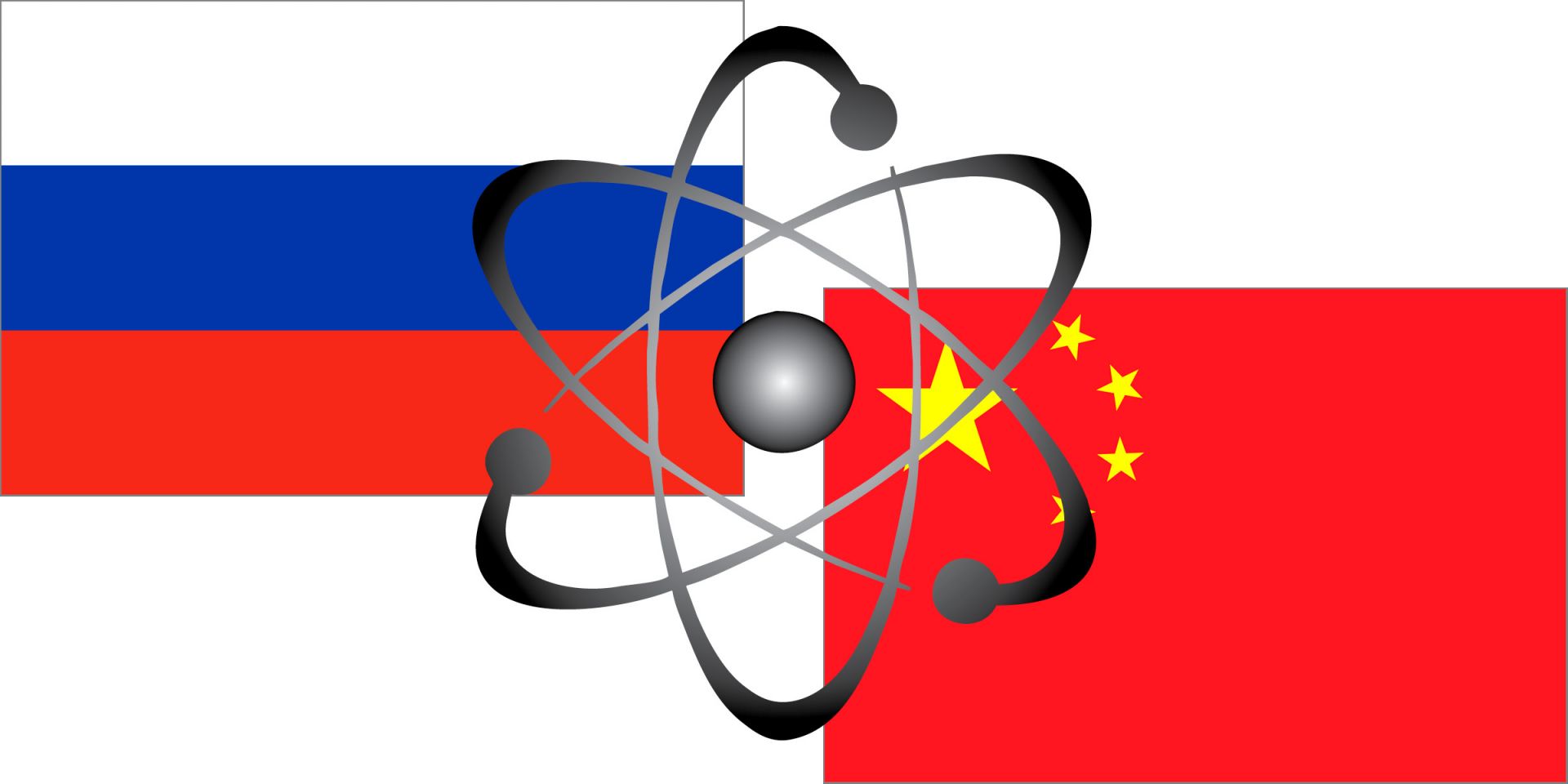
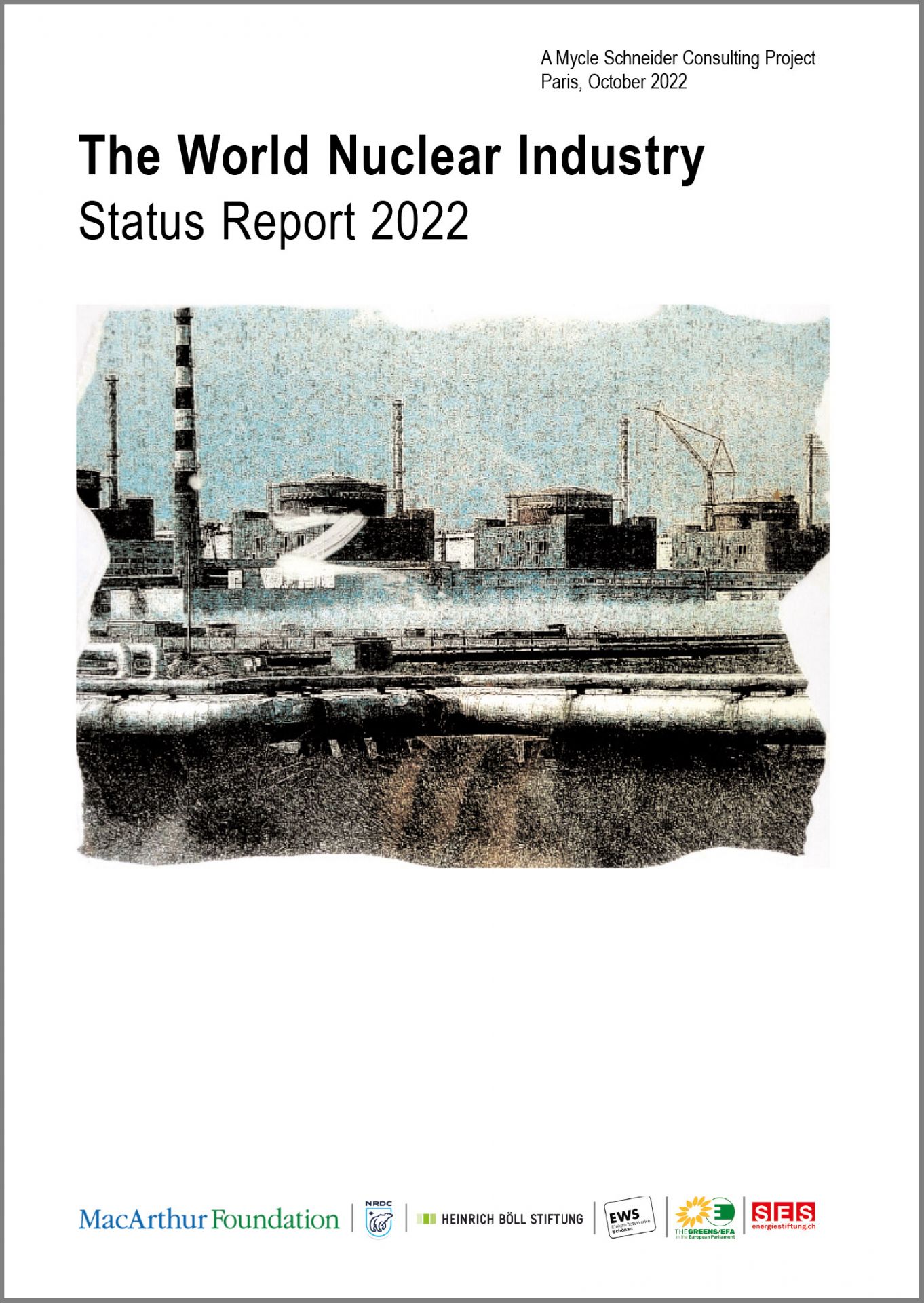 A picture of the state of the global nuclear energy industry has been painted in a
A picture of the state of the global nuclear energy industry has been painted in a 

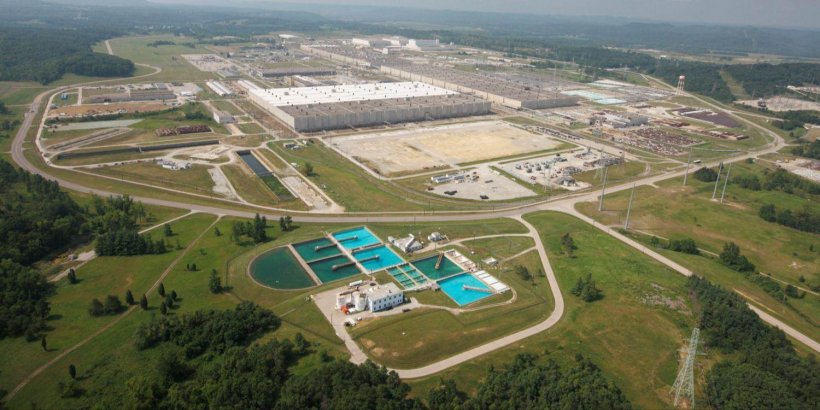
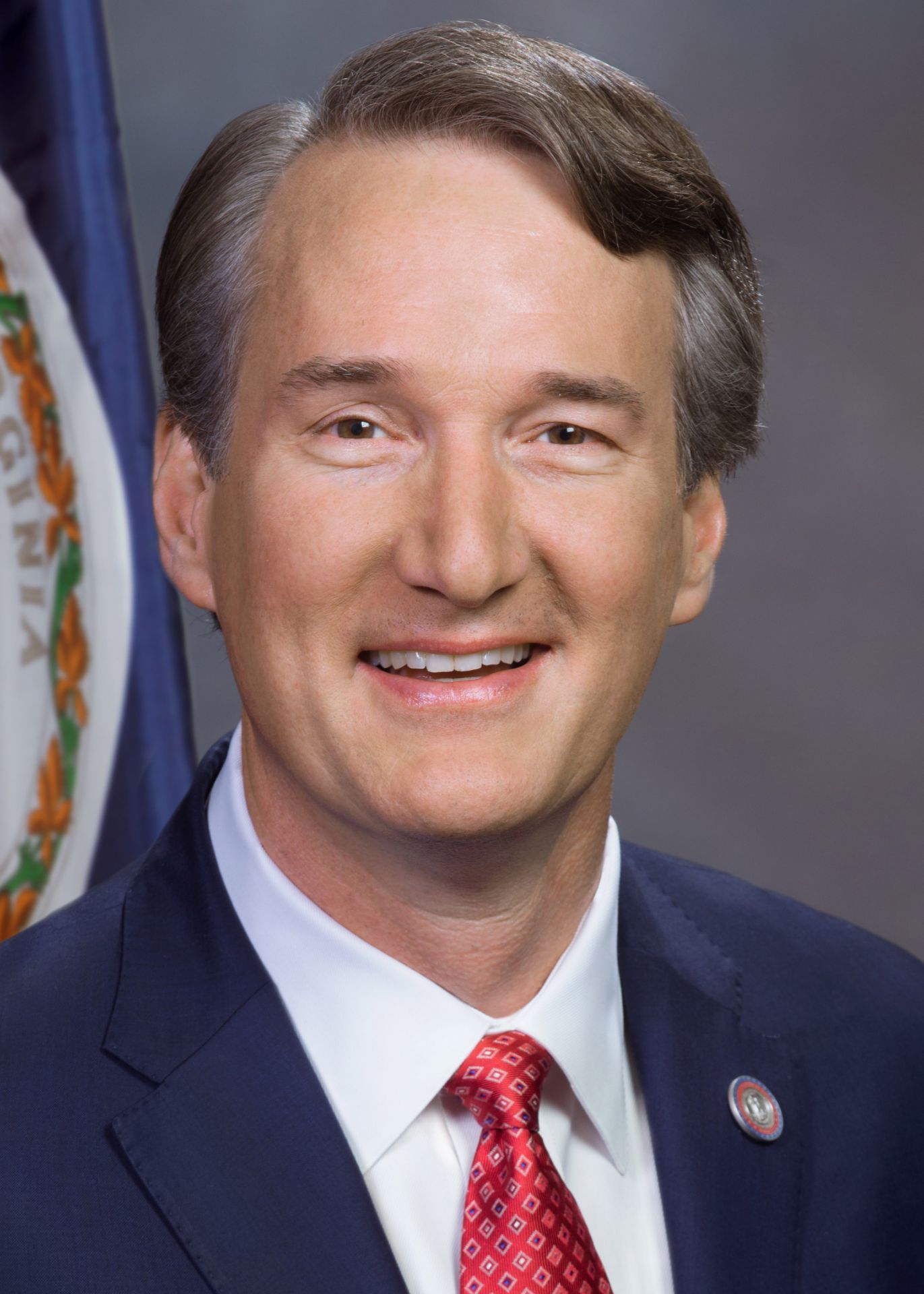
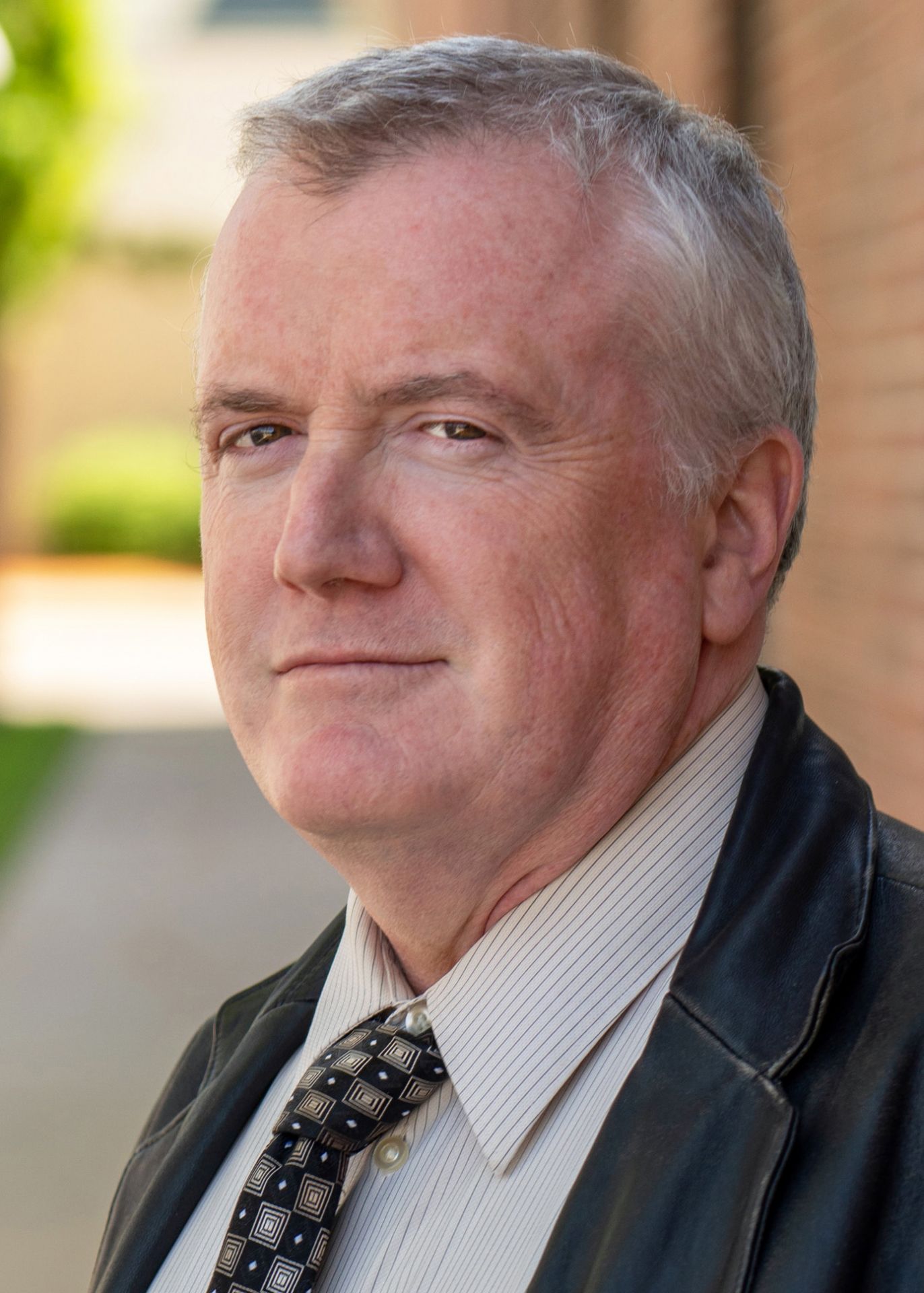

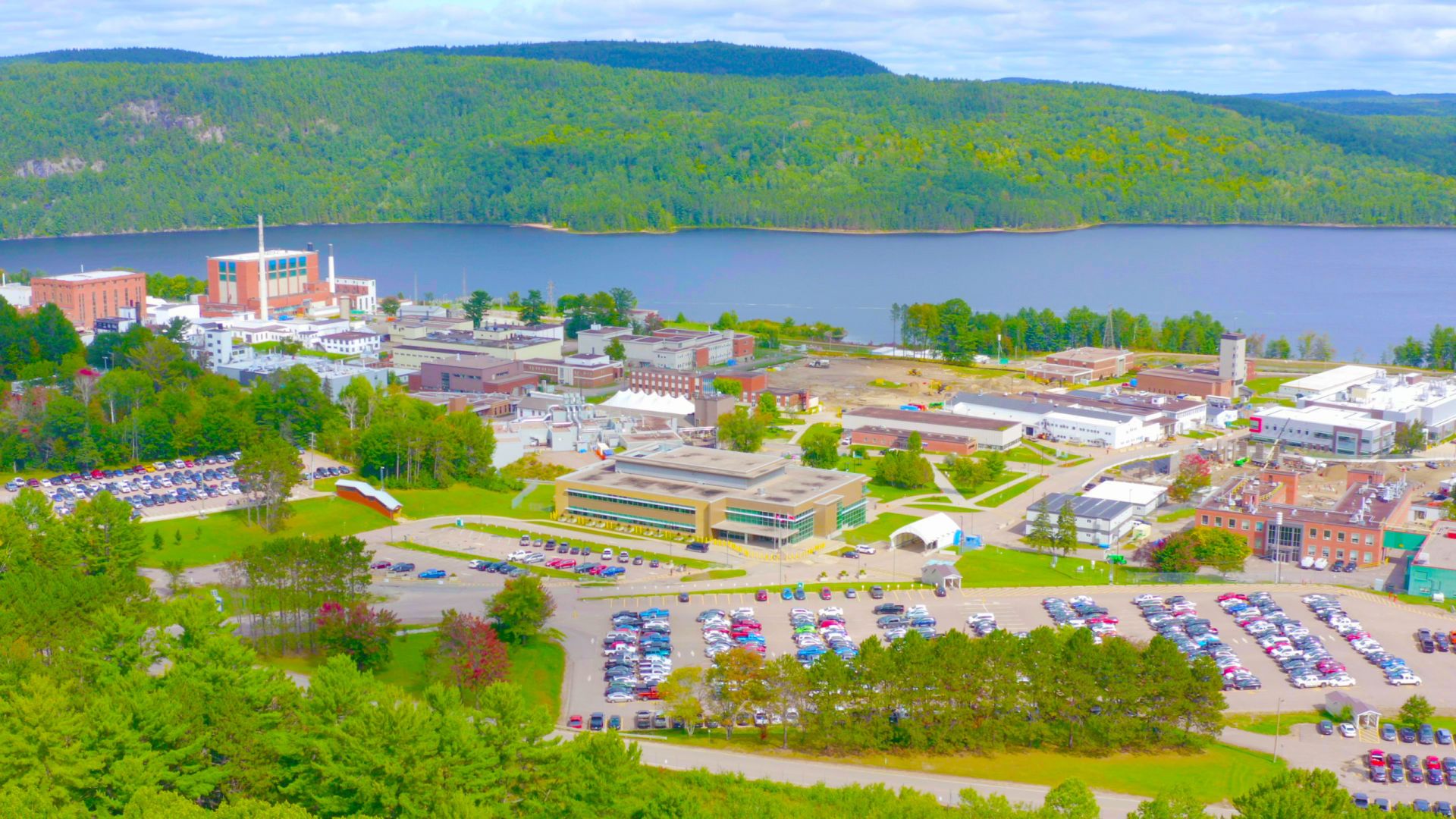


 The International Atomic Energy Agency, for the second successive year, has revised upward its annual projections of nuclear power’s potential growth over the coming decades as an electricity provider.
The International Atomic Energy Agency, for the second successive year, has revised upward its annual projections of nuclear power’s potential growth over the coming decades as an electricity provider.